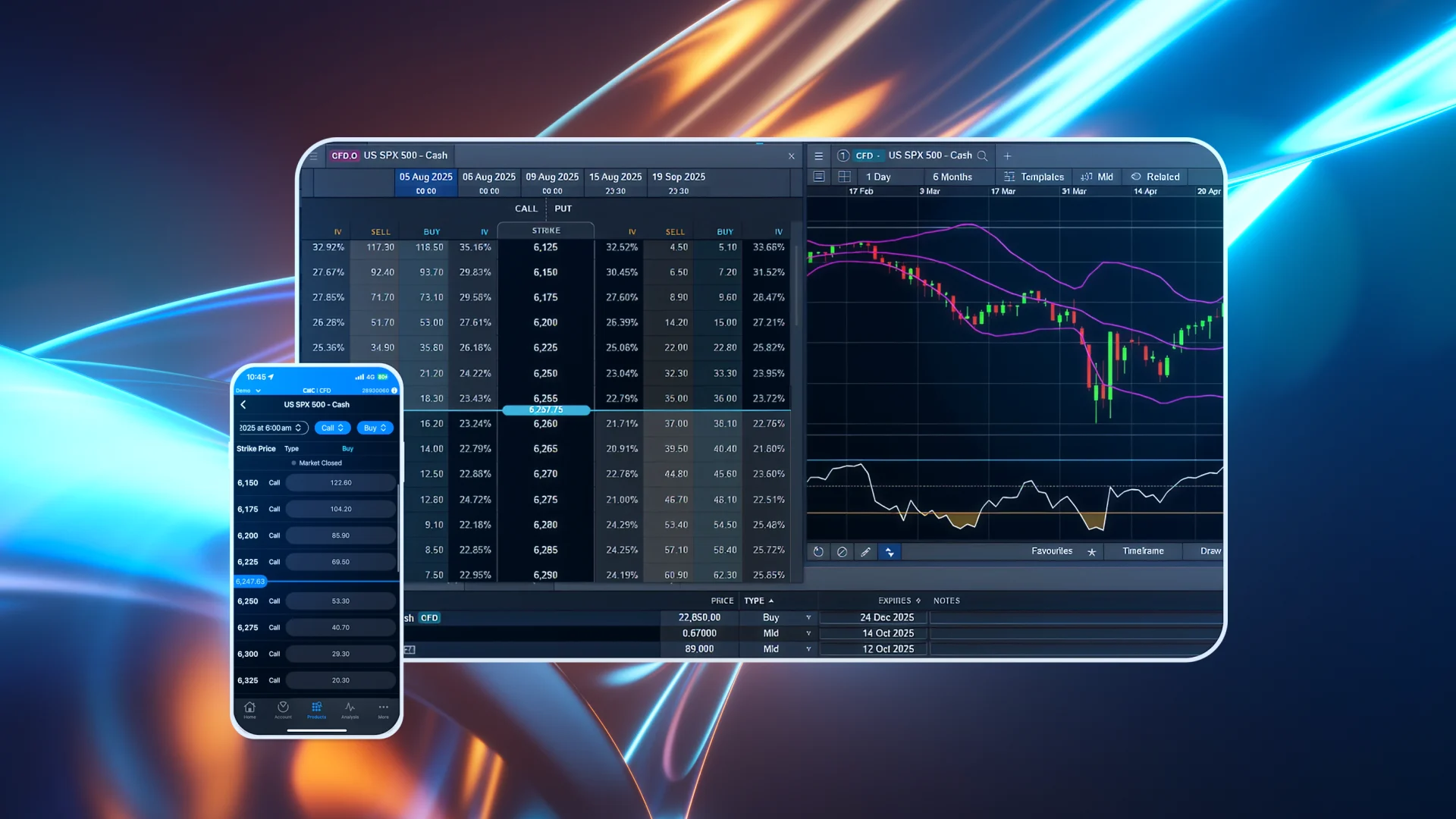How marine insurance can protect your business
“Marine insurance is required in many import-export trade proceedings,” explained Palo Alto-based digital trade finance company Drip Capital in a guide on its website. “Admitting the terms, both parties are liable for the payment of goods under insurance. However, the subject matter of marine insurance goes beyond contractual obligations, and there are several valid arguments necessary for buying it before dispatching the export cargo.”
How does marine insurance work?
Despite what the name implies, marine insurance applies to all modes of freight transportation. The International Risk Management Institute (IRMI) defines it as a “type of insurance designed to provide coverage for the transportation of goods either on the ocean or by land, as well as damage to the waterborne instrument of conveyance, and to the liability for third parties arising out of the process.”
Coverage can be taken out by the forwarding agent, exporter, importer, or anyone involved in the transportation of goods.
Read more: What remains one of maritime industry’s largest safety issues?
According to Drip Capital, this type of coverage works by transferring the liability of the goods from the parties and intermediaries to the insurance provider.
“The exporter, instead of bearing the sole responsibility of the goods, can buy an insurance policy and get maritime insurance coverage for the exported goods against any possible loss or damage,” the firm explained, adding that “the scope of marine insurance is necessary to meet the contractual obligations” of the goods being shipped.
“To align with agreements such as cost insurance and freight (CIF) or carriage and insurance paid (CIP), the exporter needs to take marine insurance to protect the buyer’s or their bank’s interest and honor the contractual obligation. Similarly, in the case of Delivered Duty Unpaid (DDU) and Delivered Duty Paid (DDP) terms, the seller may not be obligated to insure the goods, although in practice they generally do,” the trade finance company noted.
What does marine insurance cover?
Marine insurance has two branches – ocean marine, which covers water-based exposures, and inland marine, which protects against land-based risks.
Ocean marine insurance
According to the Insurance Information Institute (III), these types of businesses may need ocean marine coverage because of their exposure to maritime risks:
- Marine service providers, including shipyards, builders and repairers, dealers, terminal operators, and stevedores
- Marine transportation providers
- Businesses dependent on overseas shipping, including commodities traders, freight forwarders, importers, exporters, and manufacturers
Ocean marine insurance typically provides these key coverages:
|
Coverage type
|
What it pays for
|
|
Cargo insurance
|
Damage or loss to products that are being transported, or stored in a warehouse prior to or following transport
|
|
Hull and machinery (H&M) insurance
|
Damage to a vessel’s hull, machinery, and equipment caused by collisions and other ocean perils
|
|
Marine liability insurance
|
Claims of bodily injury, personal injury, and property damage related to the service a marine business offers
|
|
Marine pollution insurance
|
Costs associated with pollution from fuel spills and other events
*Some pollution coverage may be added to a general marine liability policy
|
|
Protection and indemnity (P&I) insurance
|
Claims of bodily injury and property damage against the shipowner
|
Several shipyards, terminals, and other marine facilities also buy specialized coverage called “bumbershoot” policies, which provide umbrella coverage for a range of risks, including liability, collision, and salvage costs.
Read more: The tide finally turns in US marine insurance
Like other types of insurance, ocean marine coverage has exclusions. Losses resulting from the following are typically not covered but may be added through special riders or endorsements:
- General wear and tear
- Marine life
- Mold, mildew, and dampness
- Riots or other civil strife
- War or military action
Marine cargo coverage also ends when products continue to be transported over land, usually by train or truck. To be covered for ground transportation, businesses should purchase a separate policy called inland marine insurance, although combined coverage for all forms of transit is offered by some providers.
Inland marine insurance
Inland marine policies cover products that are transported over land or while temporarily stored in a third-party warehouse. Although a business owners’ policy (BOP) or commercial package policy (CPP) may already cover property housed at a specific location, or tools and equipment that travel with employees to job sites, these policies exclude shipments of products or materials.
The III advised companies to consider the nature of their business and operations before taking out this type of coverage.
“Inland marine insurance isn’t just for companies that ship products to retailers and customers,” the institute explained. “For example, if you have a valuable tradeshow booth that is frequently shipped around the country and stored offsite by a vendor, you may want the protection provided by inland marine insurance. In addition, if someone else’s property is temporarily in your possession, inland marine insurance can provide coverage against the loss of this property.”
According to the III, special inland marine coverages include the following:
|
Coverage type
|
What it pays for
|
|
Bailee’s customer coverage
|
Clients’ property left in the care of the business; suits warehouse operators and repair shops
|
|
Builder’s risk insurance
|
Damage or loss to structures and materials during new construction projects or renovations
|
|
Exhibition and fine art coverage
|
Damage or loss to valuable items while on exhibit, in transit, or on loan
|
|
Installation floater insurance
|
Materials from the moment they are loaded onto a truck until they are used or installed
|
|
Motor truck cargo coverage
|
Clients’ goods while the business transports and delivers them
|
Read more: Marine insurers in line to ‘feel the pain’ from the container crisis
In terms of clauses, marine insurance has three main types. These are detailed in the table below:
|
Clause A
|
Clause B
|
Clause C
|
|
Comprehensive cover
|
Extensive cover
|
Basic cover
|
|
Covers losses resulting from breaking, chipping, denting, bruising, theft, non-delivery, and water damage, and Clauses B and C
|
Protects shipments against natural calamities, including earthquakes and volcanic eruptions, as well as damage from rain, seas, and river water, and all events covered in Clause C
|
Covers shipments from events such as fire, and cargo jettisoned due to crisis, accidents, and mishaps, including sinking, capsizing, collision, derailment, and explosion
|
How much does marine insurance cost?
Premiums prices for a marine insurance policy are based on the results of the insurance provider’s risk assessment, which typically takes into account several factors, including the level of exposure, the vessel’s type and construction, where the cargo is coming from, and the plan’s terms and conditions.
Drip Capital has provided a formula for how insurers calculate the cost of coverage:
|
Shipment value & freight cost
|
+
|
10% of total cost
|
x
|
Quoted premium
|
=
|
Payable premium
|
What are the different types of marine insurance policies available?
There also several types of marine insurance policies that businesses can avail of. These include:
|
Policy type
|
Feature
|
|
Voyage policy
|
Provides coverage for a specific voyage
|
|
Time policy
|
Covers a specified period, typically one year
|
|
Mixed policy
|
Combines time and voyage policies
|
|
Open policy
|
The value of the cargo is not put down beforehand, with reimbursement is provided only after a loss has been inspected and valued
|
|
Valued policy
|
The value of the cargo is state in the policy document, specifying the reimbursement amount
|
|
Port risk policy
|
Covers the vessel while it is stationed at the port
|
|
Wager policy
|
Does not provide fixed terms for reimbursements; typically payouts are given only if the insurer finds damage worth the claim
|
|
Floating policy
|
Only the amount of claim is specified while other details are omitted until the vessel goes on its journey
|
|
Single-vessel policy
|
Covers only one vessel
|
|
Fleet policy
|
Covers several ships belonging to a business under one time-based policy
|
|
Block policy
|
Protects cargo against damage or loss in all modes of transit
|
|
Blanket policy
|
Businesses should pay the maximum protection amount at the time of buying the policy
|








